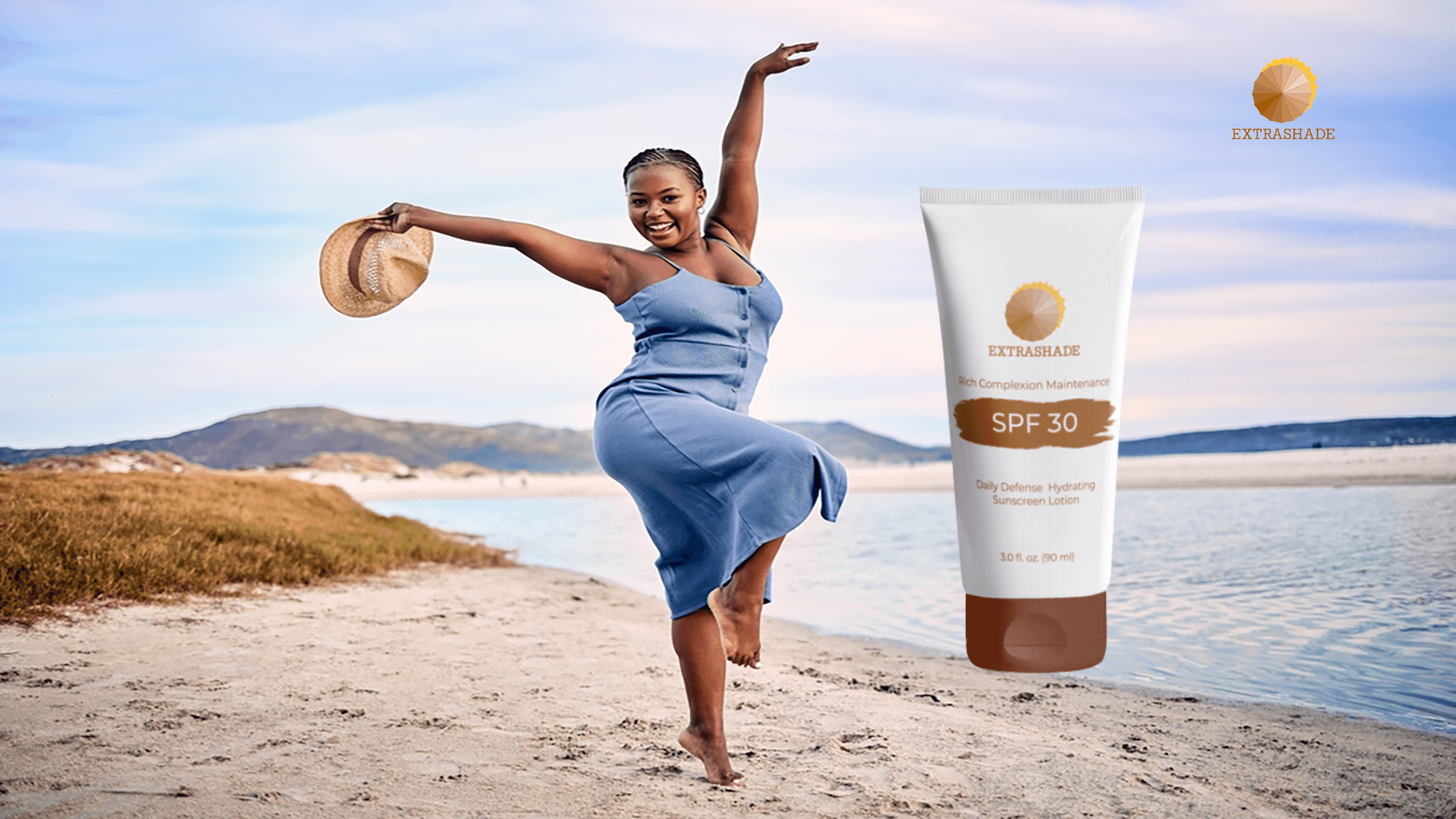Melanin, the pigment that gives our skin its beautiful range of colors, is often discussed in terms of its role in determining skin tone. However, many fascinating aspects of melanin rarely see the spotlight. From its impact on overall health to its surprising abilities, there’s a lot about melanin that no one seems to be talking about.
In this article, we’ll explore 7 things that you probably haven’t heard about melanin but are crucial to understanding its significance.
What Is Melanin?
Melanin is a fascinating pigment found in humans, animals, and even some plants, responsible for the coloration of skin, hair, and eyes. But its significance goes far beyond aesthetics; recent scientific research has shed light on its role in protecting our bodies from harmful ultraviolet (UV) radiation. This natural defense mechanism shields against DNA damage and reduces the risk of skin cancer.
Additionally, melanin also plays a crucial part in regulating body temperature and energy balance. Furthermore, it’s been suggested that variations in melanin levels account for differences in susceptibility to certain diseases among different ethnic groups. The complexity of melanin extends beyond its biological functions; it carries cultural implications as well. Historically, notions of beauty have often been defined by skin hue, resulting in discriminatory attitudes towards those with darker pigmentation.
However, many are now celebrating the rich diversity of melanin expression and advocating for improved representation across various industries. Understanding melanin not only deepens our comprehension of human biology but also encourages us to embrace the beauty within our diverse shades of melanin.
7 Things No One Tells You About Melanin
Melanin is a fascinating pigment responsible for our skin, hair, and eye color, and it plays a crucial role in protecting us from the sun. But there are often untold truths and complexities surrounding this amazing molecule. Here are 7 things you might not know about melanin:
1. It’s not just one type
While we often talk about “melanin,” there are several different types. Eumelanin, the most common, comes in brown and black variations, while pheomelanin is responsible for red hair and freckles. Even the brain has its type, called neuromelanin. The interplay of these types creates a vast spectrum of human skin tones.
2. Sun protection, but not a sunshield
Melanin does offer some protection against harmful UV rays, particularly UVB radiation, which is linked to skin cancer. However, it’s crucial to remember that melanin doesn’t block everything. UVA rays, which contribute to premature aging and wrinkles, can still penetrate darker skin tones. Sunscreen is essential for everyone, regardless of skin color.
3. Beyond skin deep
Melanin isn’t just found in our skin. It’s also present in our hair, eyes, and even parts of the inner ear. This pigment plays various roles in these areas, from regulating eye color to contributing to hearing function.
4. Not just a cosmetic concern
Melanin production is influenced by genetics, hormones, and even external factors like sun exposure. Conditions like vitiligo, where melanin production is disrupted, can have significant physical and emotional impacts. Understanding melanin goes beyond aesthetics and delves into complex biological processes.
5. More than just color
Melanin is often associated with skin color and its cultural implications. However, it’s important to remember that skin tone is just one aspect of a person’s identity. Reducing individuals to their melanin content erases the richness and diversity of their experiences and backgrounds.
6. A double-edged sword
While melanin offers some protection from the sun, it can also make vitamin D synthesis less efficient in darker-skinned individuals. Vitamin D is crucial for bone health and other bodily functions, so ensuring adequate intake through diet or supplements might be necessary.
7. A symbol of resilience
Melanin has been historically linked to negative stereotypes and discrimination. Yet, it’s also a source of pride and cultural identity for many communities. Recognizing the power and resilience associated with melanin can help combat prejudice and celebrate diversity.
Conclusion
Understanding the complexities of melanin is essential for appreciating its significance beyond skin color. The multifaceted roles of melanin in human biology and health are often overlooked or misunderstood.
From its protective properties against UV radiation to its potential impact on mental health and aging, melanin embodies a fascinating array of functions that extend far beyond what is commonly known.
By delving deeper into the science behind melanin, we can challenge misconceptions and foster a more inclusive understanding of its importance. Let us continue to explore, discuss, and celebrate the diverse roles of melanin in our lives and society. Embracing this knowledge can lead to a greater appreciation for the beauty and complexity of melanin in all its forms.




